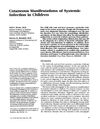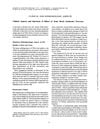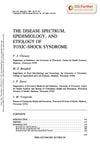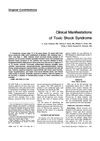Recognition and Management of Staphylococcus Aureus Toxin-Mediated Disease
November 2005
in “
Internal Medicine Journal
”
Staphylococcus aureus toxic shock syndrome TSS menstrual toxic shock syndrome MTSS non-menstrual toxic shock syndrome NMTSS staphylococcal foodborne disease SFD staphylococcal scalded skin syndrome SSSS enterotoxins skin blistering exfoliation protective antibodies IVIG corticosteroids antimicrobial therapy Staph toxic shock food poisoning scalded skin syndrome immune globulin steroids antibiotics
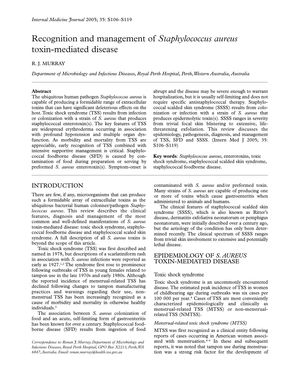
TLDR Early detection and intensive treatment of diseases caused by Staphylococcus aureus toxins are crucial for reducing severe health effects.
The document from 2005 examines the clinical features, diagnosis, and treatment of diseases caused by Staphylococcus aureus toxins, specifically toxic shock syndrome (TSS), staphylococcal foodborne disease (SFD), and staphylococcal scalded skin syndrome (SSSS). It notes that TSS can be menstrual (MTSS) or non-menstrual (NMTSS), with MTSS incidence decreasing due to improved tampon manufacturing, while NMTSS remains a significant health issue. SFD is a major cause of foodborne illness in the US, resulting from ingestion of contaminated food with S. aureus enterotoxins. SSSS primarily affects neonates and young children, causing skin blistering and exfoliation. The document emphasizes early recognition and intensive management to reduce morbidity and mortality, and it outlines the importance of protective antibodies against these toxins. It also discusses the high mortality rate of SSSS in adults, the need for cultures in TSS despite the rarity of S. aureus in sterile sites, and the commonality of TSS recurrences. Treatment recommendations for TSS include supportive management and antimicrobial therapy, with potential use of IVIG and corticosteroids. Preventive measures for TSS, SFD, and SSSS are also discussed, including proper hygiene, food handling, and infection control.
